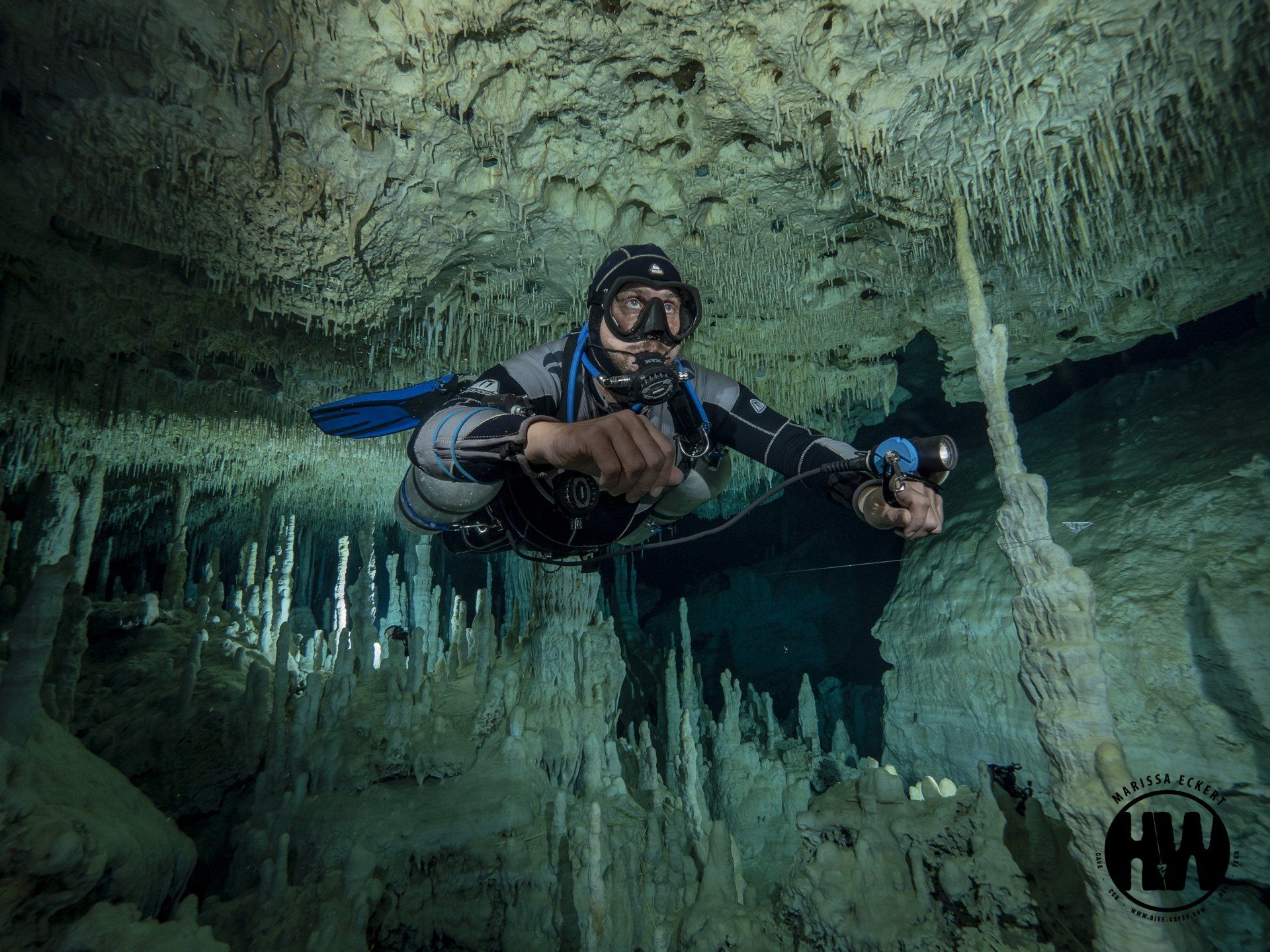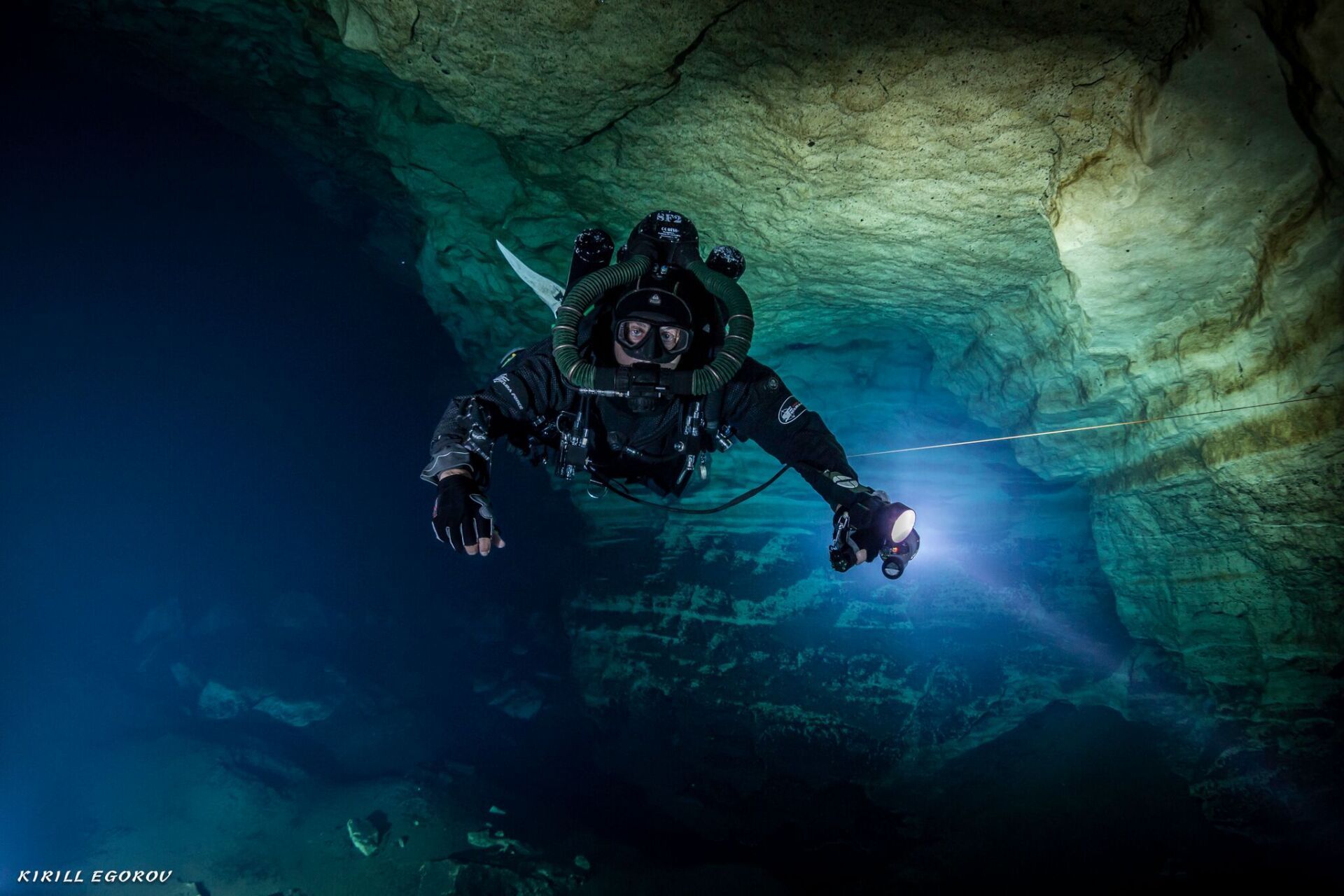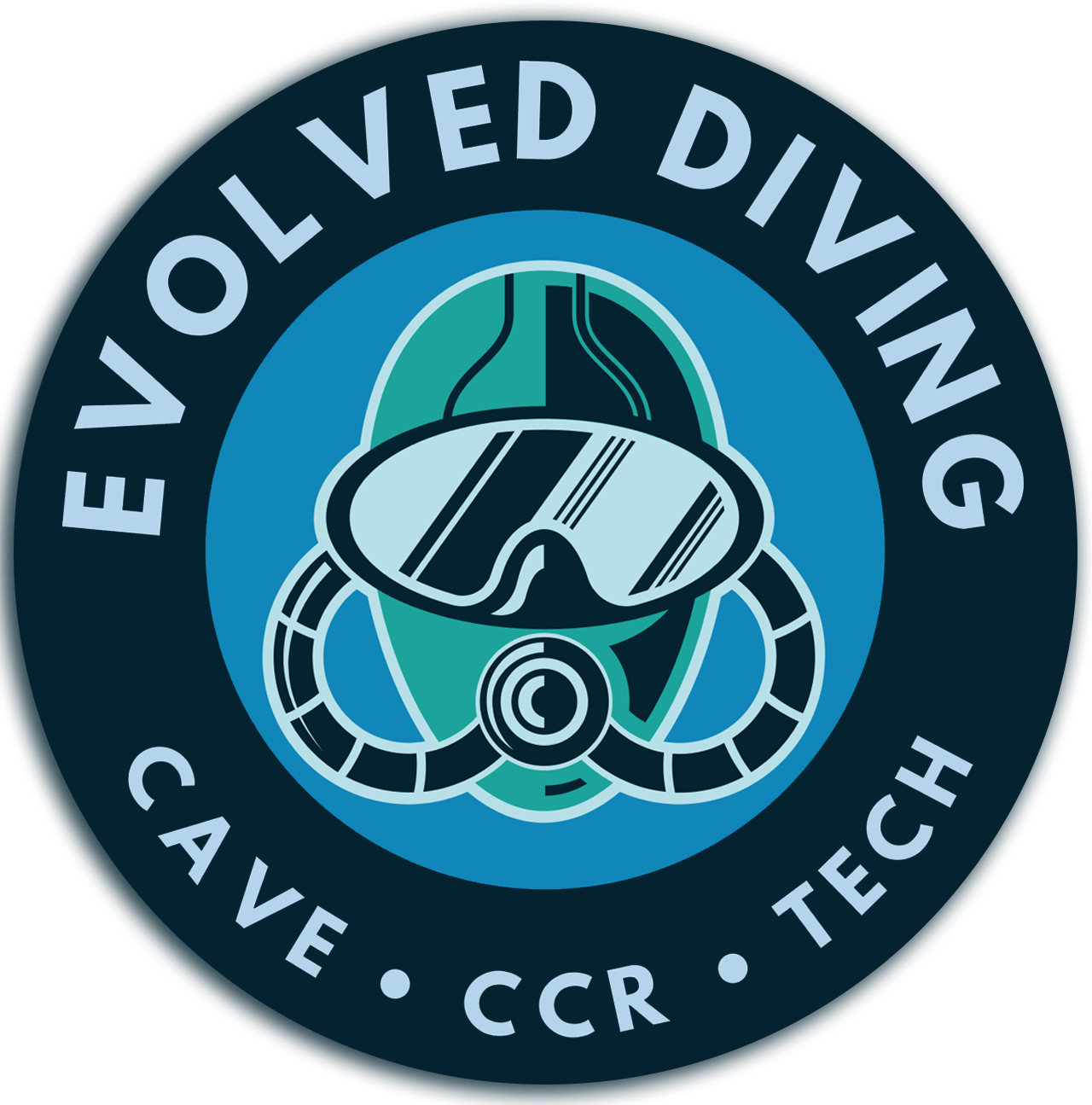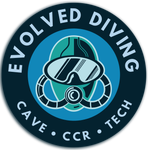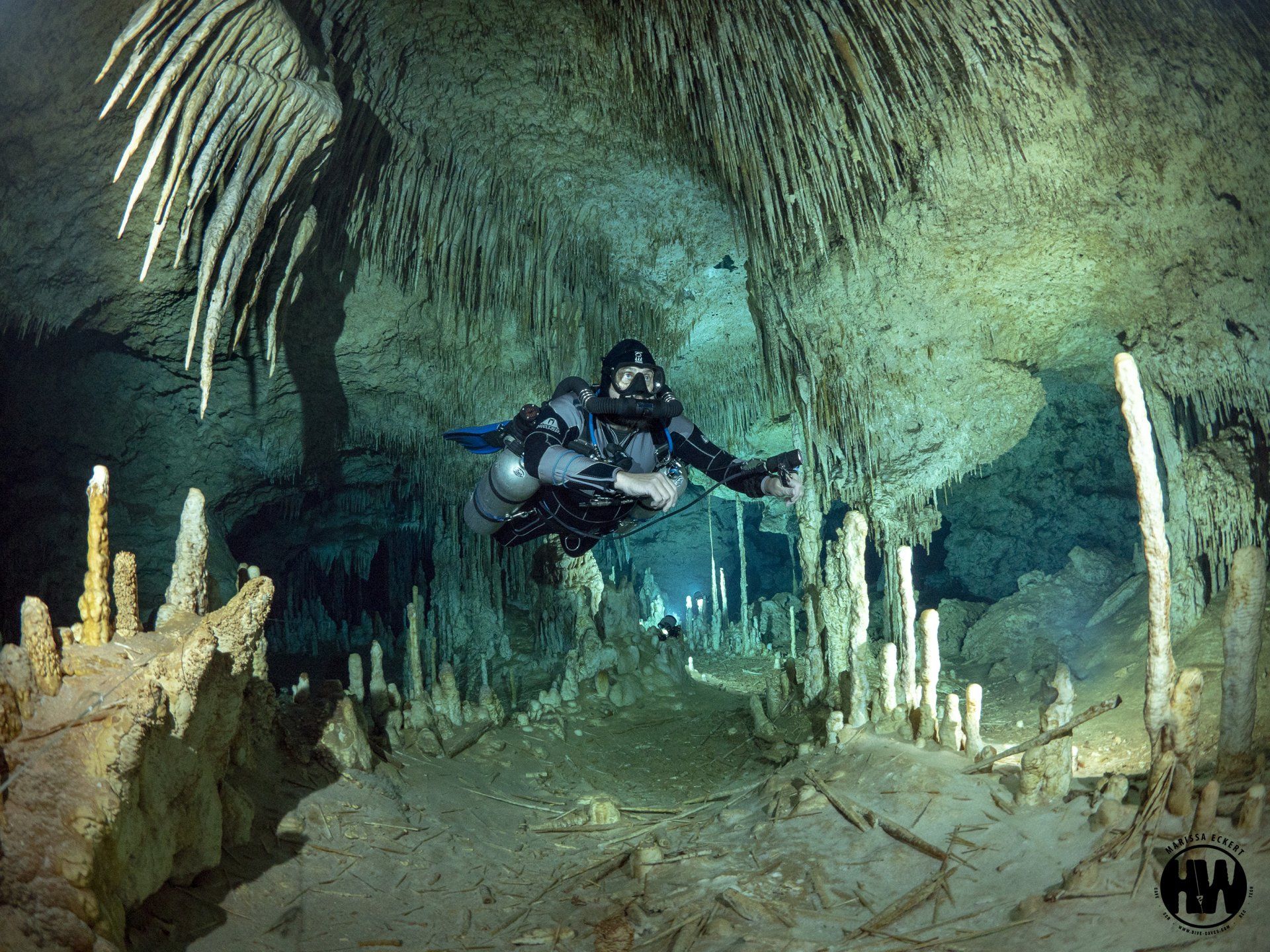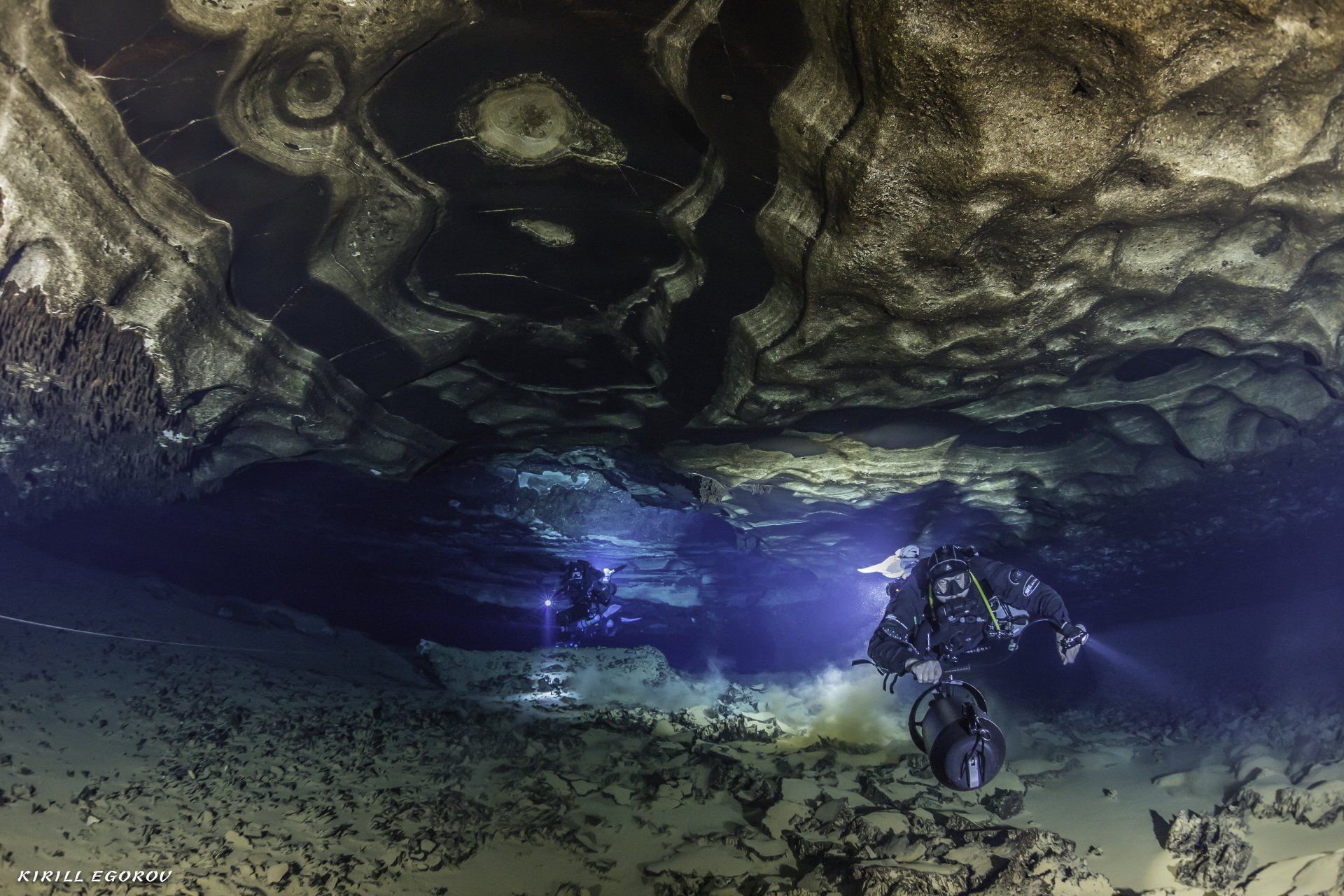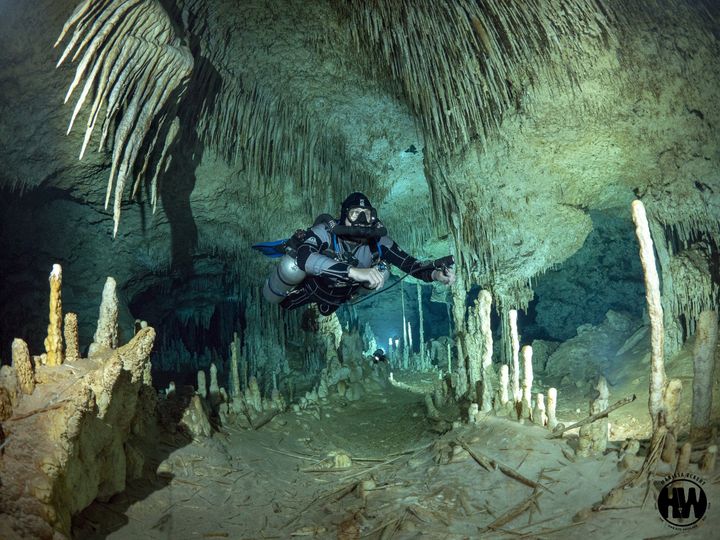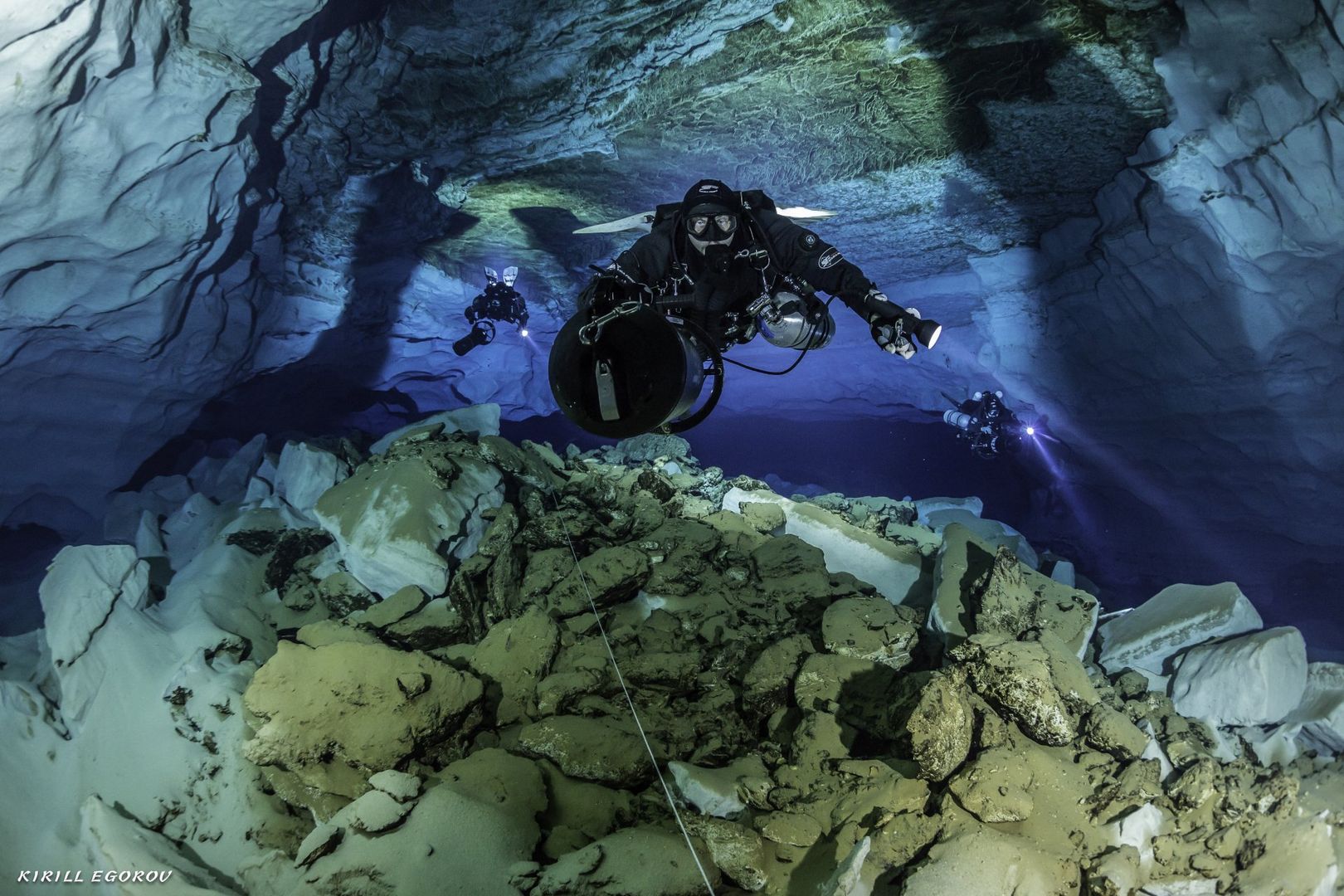TECHNICAL TRAINING FOR AN Evolved Diving EXPERIENCE
Exploring underwater caverns, caves and wrecks is no simple task. But if you’re up for the challenge, Evolved Diving will help you safely learn new skills and gain the knowledge and experience to enjoy these unique environments. We provide technical diving instruction, mentoring, and guided dives for advanced divers in the heart of Florida’s cave country, the cenotes of the Yucatan Peninsula and around the world.
TAKE A DEEP DIVE WITH JAMES TO EXPLORE
✔ Overhead Diving
✔ Rebreather Diving
✔ Trimix and Extended Range Diving
✔ Sidemount Diving
These aren’t beginner scuba lessons — this is advanced technical training for anyone wanting to take their diving to the next level.
About Me
An avid life-long diver, I was first certified as a SCUBA diver at the age of 13, later becoming a PADI instructor at 20, IANTD instructor at 21, and eventually an Instructor Trainer with TDI. I was first introduced to Tech and Cave Diving by Tom Mount (founder of IANTD) and was certified as a Cave Diver in 1996, having logged well over 2000 cave dives since.
I am both a Technical Cave Instructor and a Hypoxic Trimix instructor and have a passion for deep, long dives venturing hours underground. The peacefulness, beauty, adventure and challenge of cave diving continue to fuel my desire to spend as much time underwater each week as possible.
I have extended that passion for diving into rebreathers, and use rebreathers as a tool to extend bottom time, enhance safety, and allow myself to do dives few people have ever done.
If you are interested in learning from someone with years upon years of deep diving experience, I’m the right choice. I’m also the owner of Hidden Worlds Diving in Fort White, Florida, a unique boutique training facility specializing in advanced level technical instruction and equipment sales.
I’ve explored some of Florida’s most famous caves including Eagle’s Nest and Twin Dees and dived caves all around the world, including Mexico, the Bahamas, Orda cave in Russia and even caves in Palau. I have made this my full-time career because I’m passionate about training people and giving them the time and experience they need to grow into amazing divers.
My courses are not taught to the bare basic minimum standards. I preach safety, conservation and streamlined configuration and expect a high level of proficiency. It’s my goal to produce talented, conscientious cave divers who aren’t going to be a threat or liability to themselves, other divers, or the caves.
I offer courses through IANTD, TDI/SDI, NSS-CDS and RAID.
blog posts

